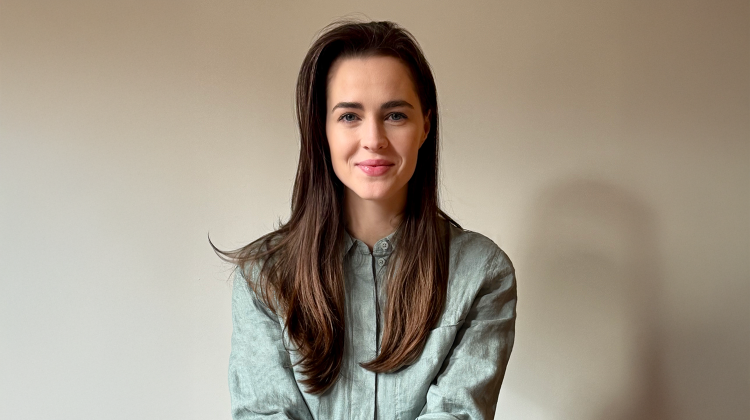Lauren McClellan

Good architecture has a clear vision—something I learned through my architecture education... The ability to think critically, test ideas quickly, and adapt to constraints has shaped how I approach both design and business.
What is your career story? How did you get where you are today?
I knew from a young age that I wanted to be an architect. I applied to MIT to study both engineering and architecture, earning dual degrees in Course 1 and Course 4. After completing my master’s at the Harvard Graduate School of Design, I moved to Brooklyn and spent three formative years at a small practice, where I wore just about every hat, before launching my own architecture firm, Threshold Office.
At first, my focus was simply on completing my license and finding work—any work, anywhere. I was fortunate to take on projects in the U.S., Canada, and Sweden, spanning commercial and residential properties in both urban and rural contexts. But I wanted to build something more rooted so I became a licensed real estate professional to better understand my local market and building stock, and to connect with clients at the moment they were purchasing properties they might want to renovate. This not only helped establish a steady project pipeline but also sharpened my ability to negotiate, communicate, and advocate for design.
Over time, I have refined my focus. At Threshold Office, we design spaces that enhance well-being and bring ease to everyday life through thoughtful layouts, careful material choices, and a collaborative process. Now, my goal is to continue growing the scale and ambition of our work, while keeping the same attention to detail and sensitivity that has shaped my practice from the start.
What were the biggest skills/mindsets/approaches you took away from your architecture education?
Good architecture has a clear vision—something I learned early in my architecture education. Clients and collaborators want to rally behind an idea with purpose and conviction.
I also internalized MIT’s rigor which I apply to the way I shape my firm, treating it like a design project itself, constantly refining processes to improve clarity and ease. Anticipating questions, refining communication, and embracing iteration make projects smoother for everyone involved. The ability to think critically, test ideas quickly, and adapt to constraints has shaped how I approach both design and business.
What do you wish you had learned in your design education?
I wish I had been taught to pitch to non-designers, especially clients. Architecture school trains us to develop strong ideas, but it doesn’t necessarily prepare us to communicate those ideas in a way that resonates with people outside the discipline.
We learn many things, but not necessarily how to launch and grow a business, negotiate fees, or structure sustainable practices. Architects need to be strategic in finding and connecting with the right clients and creating opportunities to grow intentionally. Learning how to communicate the value of design, both financially and experientially, is essential.
What’s something you hated learning about that you now love?
In school, building technology topics like thermal comfort and water management felt secondary to developing a unique design sensibility. Now that I’m a licensed architect and spend time drawing details and on construction sites seeing projects take shape, I love thinking about how materials will age and how construction details affect long-term comfort.
Understanding building science isn’t just technical; it enables more meaningful, enduring design. A project by HYA I admire uses water’s adhesion properties to make engraved marks appear to bleed when it rains—a poetic and powerful detail for a memorial to the enslaved.
Knowing what you know now, would you do undergrad/grad differently?
If I could do it again, I’d pair architecture with business or computer science. Those skills would have given me more flexibility and made launching my firm smoother.
I also wish I had started building the foundation of my company earlier, integrating what I was learning in my coursework and internships into the building blocks of my future practice. Designing a firm is an evolving process, and beginning that work earlier would have been invaluable.
What advice do you have for students starting out in design?
Document everything—your work tells a story to future clients, employers, and even yourself. Be deliberate about what you build and share.
Be kind to yourself and to others. Your health, well being and quality of relationships matter. Don’t just design in studio, apply the same creative intention to designing your life.
The people you collaborate with along the way will shape your path as much as the work itself so do a design competition with classmates in other fields, and make relationships with people in other courses. Most of your future clients and your most interesting collaborators won’t be architects.


